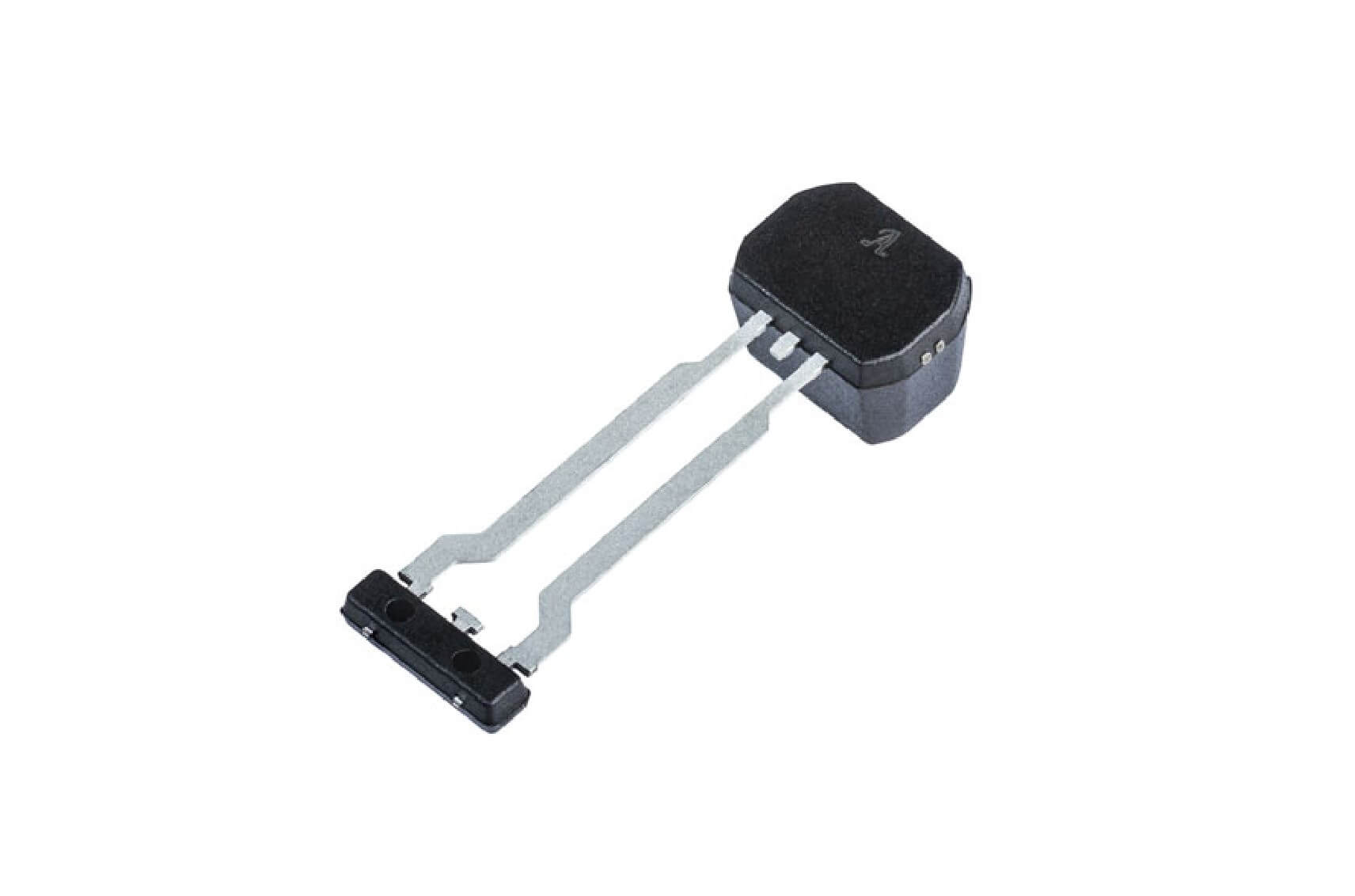Allegro MicroSystems recently announced the release of two new state-of-the-art giant magnetoresistance (GMR) crankshaft and camshaft sensors. The ATS16951 (crankshaft) and ATS16351 (camshaft) sensors are unique in the market and provide manufacturers with a single-vendor solution that’s ideal for hybrid vehicle engines, with use cases extending to two-wheelers, off-road vehicles, and application designs requiring extended air gap performance. Both sensors will help engine designers reduce system complexity, cost, and energy consumption—boosting efficiency and minimizing carbon footprints.
While the trend toward full electrification continues to accelerate, recent IHS forecasts predict that 81% of vehicles will include some form of internal combustion engine through 2029, with full and mild hybrids being the most common. Engine architectures are changing as part of the shift toward smaller hybrid designs, and sensor accuracy and positioning flexibility are becoming more important than ever before.
With up to 40% better edge repeatability and lower amounts of jitter compared to competing and legacy solutions, the ATS16951 back-biased GMR crankshaft sensor gives automakers new ways to increase fuel efficiency with higher-precision ignition and valvetrain timing. Its large air gap simplifies design-in, expands design margin and tolerance capability, and facilitates a wider range of sensor installation locations.
With an industry-leading air gap that’s 50% larger than existing options, the ATS16351 True Power On State (TPOS) GMR camshaft sensor also improves both design-in flexibility and stray field immunity. It can be placed virtually anywhere, which is increasingly important as some hybrid engines now include four camshaft sensors. Tight spaces often combine with high current transients, and engine designers need camshaft sensors that work seamlessly through the resulting stray fields. The ATS16351’s differential GMR architecture provides a level of immunity not currently available in legacy or competing solutions.
Both sensors include Allegro’s Target Profile Diagnostic feature, which makes it possible to assess a target during manufacturing and detect any subtle tooth anomalies before an engine is installed into a vehicle, helping to prevent potential warranty returns and increasing customer satisfaction.
“Our new GMR crankshaft and camshaft sensors optimize performance for emerging hybrid vehicle applications. They’re unique to the market and outperform competing technologies due to their high air gaps and level of accuracy,” says Peter Wells, Speed and Sensor Interface Business Line Director at Allegro. “The industry is transitioning to xEVs quickly, and the ATS16951 and ATS16351 both offer a level of precision that will help give automakers the increases in motor efficiency they’re targeting.”
The ATS16951 and ATS16351 are both available in a 3-pin package (SM) that is lead (Pb) free, with NiPdAu plating. For more information, please visit the Allegro website.












All Comments (0)